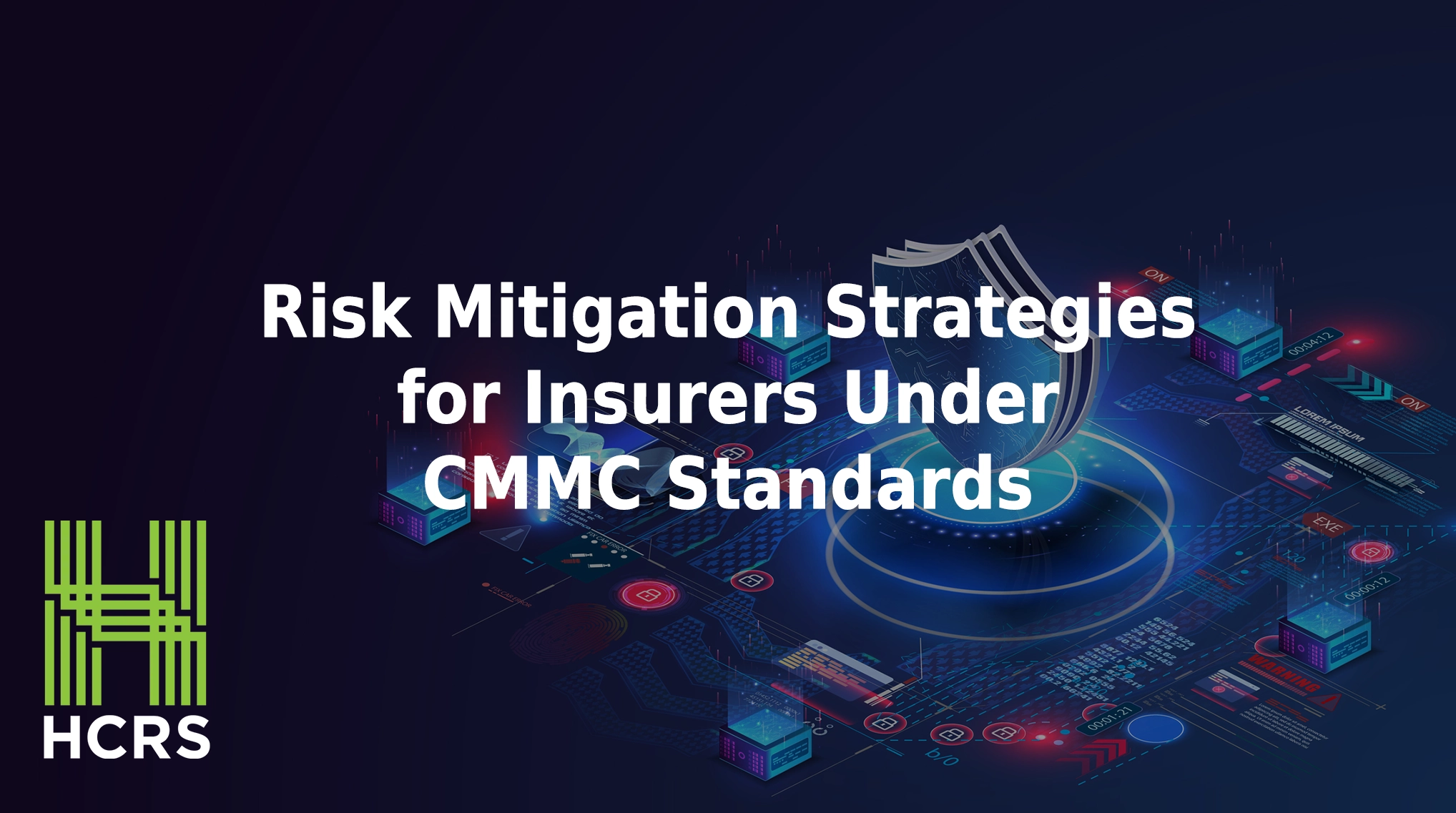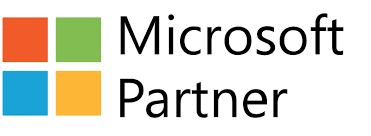
Risk Mitigation Strategies for Insurers Under CMMC Standards
Insurance companies must adopt robust risk mitigation strategies to protect sensitive data and maintain compliance with regulatory frameworks like the Cybersecurity Maturity Model Certification (CMMC). Implementing these strategies is crucial for safeguarding client information, securing government contracts, and ensuring overall data integrity.
Understanding CMMC and Its Relevance to Insurers
The CMMC framework is designed to enhance cybersecurity practices across organizations, particularly those handling Federal Contract Information (FCI) and Controlled Unclassified Information (CUI). For insurance companies, aligning with CMMC offers the following benefits.
- Enhanced Cybersecurity
Implementing CMMC requirements offers the best methods for protecting your data from digital threats.
- Regulatory Compliance
CMMC enforces key rules like NIST SP 800-171. Compliance with both protects your government contracts from legal risks.
- Market Competitiveness
Certification showcases your company’s commitment to data security, improves its reputation, and makes it eligible for other contracts.
Key Risk Mitigation Strategies Under CMMC
1. Conduct Comprehensive Risk Assessments
Regularly evaluate potential threats to your organization’s operations, assets, and personnel. This includes vulnerabilities and the impact of various risk scenarios. A thorough risk assessment is foundational to CMMC compliance and adequate cyber insurance coverage.
2. Implement Robust Access Controls
Verify that only authorized personnel have access to sensitive information. Establish strict authentication mechanisms and monitor access logs to detect unauthorized activities.
3. Develop and Enforce Security Policies
Create comprehensive security policies that align with CMMC requirements. Regularly update these policies to address emerging threats and confirm that all employees are aware of their responsibilities.
4. Provide Continuous Employee Training
Educate staff on cybersecurity best practices and the importance of compliance. Regular training sessions foster a security-conscious culture within your organization.
5. Utilize Advanced Monitoring and Detection Systems
Deploy systems that continuously monitor network activity to detect and respond to intrusions. Proactive monitoring is essential for early threat detection and mitigation.
Best Practices for Integrating CMMC Standards
- Engage Leadership Support
Top management needs to be committed to these cyber initiatives, providing necessary resources and support.
- Tailor Controls to Organizational Needs
Customize CMMC controls to fit the specific context and operations of your insurance company.
- Collaborate Across Departments
Get feedback to understand how these initiatives affect different areas of your business so that everyone engages with their roles and responsibilities.
- Stay Informed on Regulatory Changes
Stay updated on changes to CMMC standards and adjust your strategies accordingly.
We Can Help You With CMMC
HealthCare Resolution Services partners with insurance companies like yours to offer CMMC guidance and preparations, to include the following.
- Expert Consultation
We provide insights to help your team align its practices with the CMMC framework.
- Customized Compliance Strategies
We develop roadmaps so that you understand how much time and resources will be needed to reach compliance prior to an official audit.
- Training Programs
We offer comprehensive training so that your team is well-equipped to uphold cybersecurity standards.
- Continuous Support
We provide ongoing assistance with changing regulations and emerging cyber threats.
Contact us today to learn more about a program!










